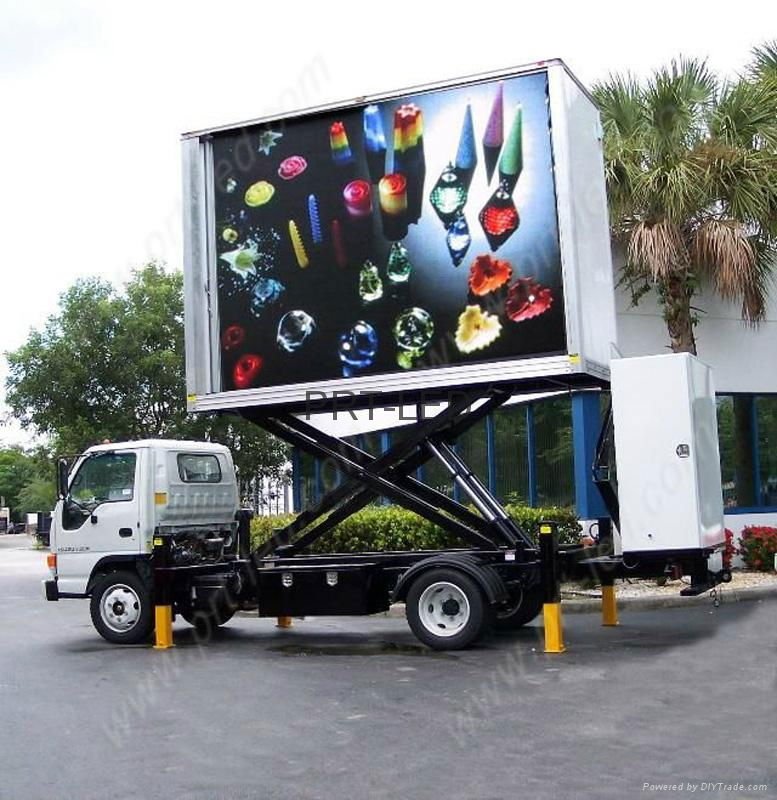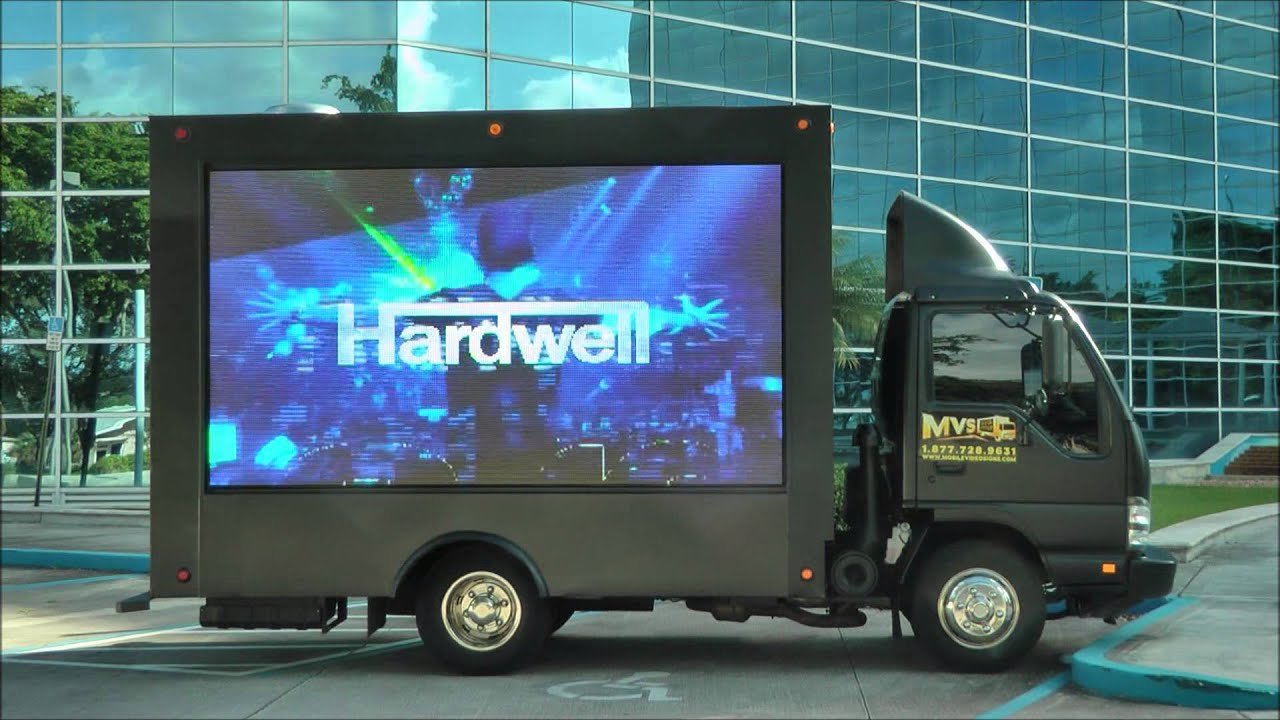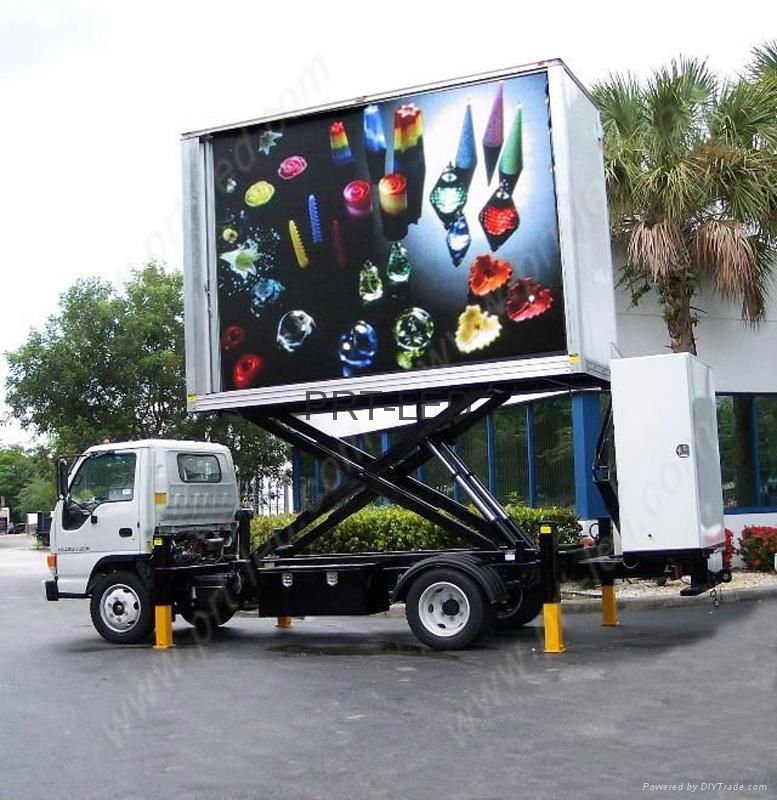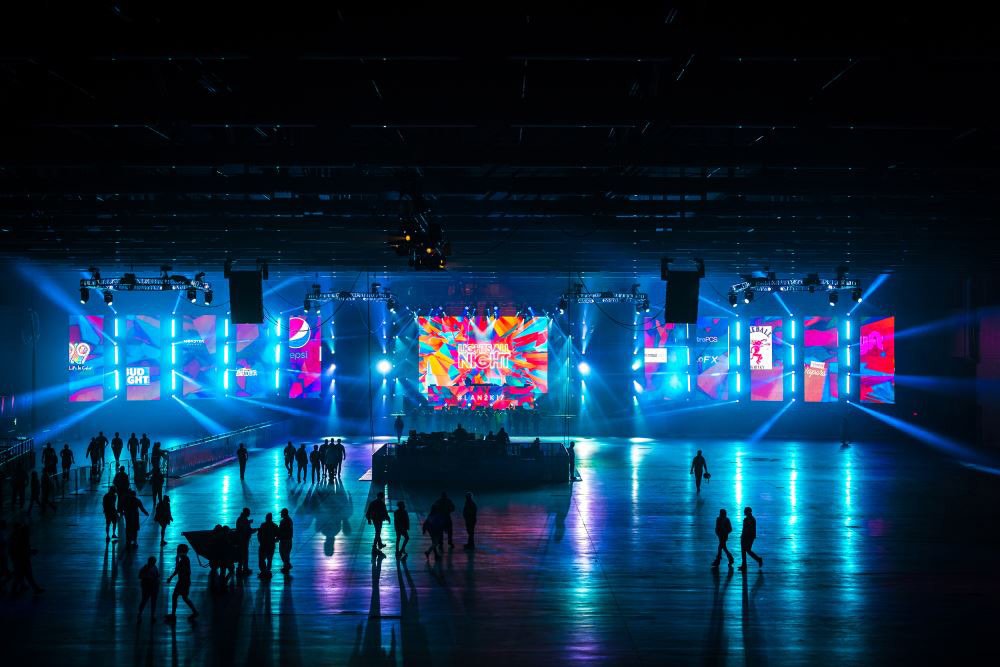When it comes to showcasing your brand or message, LED displays have become a popular choice due to their vibrant visuals and energy efficiency. However, choosing between indoor LED displays and outdoor displays requires a clear understanding of their differences and applications. Here’s a breakdown to help you make an informed decision.
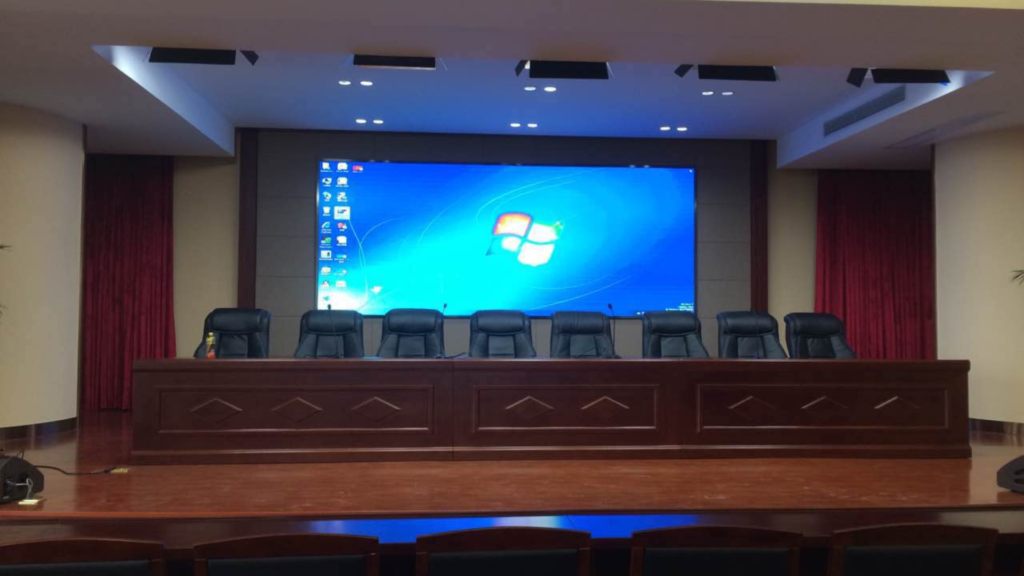
LED Displays: Key Features
Indoor LED Displays
Indoor LED displays are designed specifically for use within buildings. They typically feature higher pixel density, which results in sharper images and clearer text when viewed from close distances. Here are some key characteristics:
- Brightness: Indoor displays usually have lower brightness levels, typically ranging from 1,000 to 2,500 nits, as they do not need to compete with sunlight.
- Resolution: With higher pixel density, indoor displays provide better image quality and are ideal for presentations, advertisements, and video walls in venues such as shopping malls, airports, and conference rooms.
- Size and Shape: These displays come in various shapes and sizes, allowing for creative installations that fit seamlessly into indoor environments.
Outdoor LED Displays
Outdoor displays, on the other hand, are built to withstand various weather conditions and are often used for advertising and public announcements in open spaces. Here are their defining features:
- Brightness: Outdoor displays require much higher brightness levels, often exceeding 5,000 nits, to ensure visibility in bright daylight.
- Durability: They are constructed with weather-resistant materials to endure rain, wind, and extreme temperatures, making them suitable for billboards, stadiums, and transit stations.
- Pixel Pitch: Outdoor displays usually have a larger pixel pitch, meaning the individual LED bulbs are spaced farther apart. This is acceptable for viewing from a distance but may not provide the same clarity as indoor displays.
Tabular Form
| Feature | Indoor LED Displays | Outdoor LED Displays |
| Brightness | 1,000 to 2,500 nits | Exceeds 5,000 nits |
| Resolution | Higher pixel density for sharper images | Larger pixel pitch for visibility from a distance |
| Durability | Designed for indoor environments | Weather-resistant materials for outdoor use |
| Typical Use Cases | Presentations, video walls, advertisements | Billboards, stadiums, transit stations |
| Size and Shape | Various shapes and sizes for creative installations | Larger and more robust structures for visibility |
| Viewing Distance | Ideal for close-up viewing | Designed for viewing from a distance |

